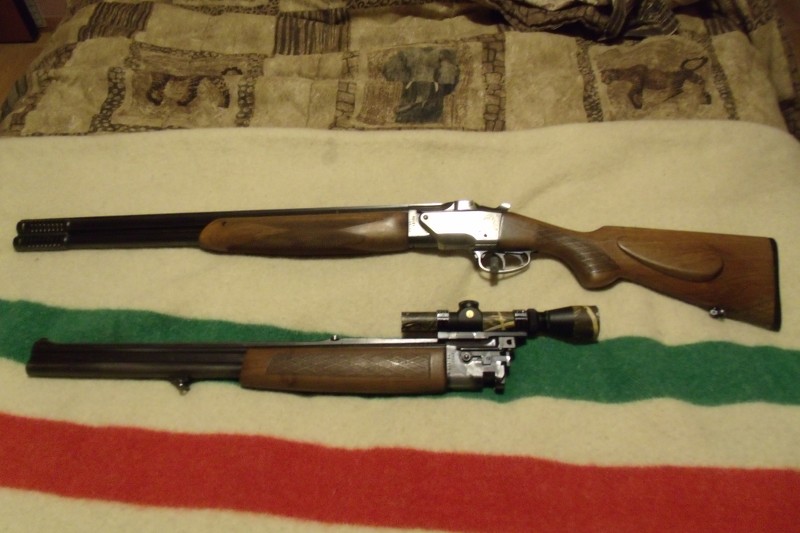I would love to read the article but my Russian is limited to "Nyet"
I have a skeet gun that is suppose to have Tula chokes on it but from the pictures I might have something else.
1960's BRNO

It is a 12ga, I use 11/16 oz of 9's, piston skeet wad in a 2 1/2" Fiocchi hull with 16gr of 700x in it and it shoots beautiful patterns.
It is a pretty handy rig as it has a set combo barrels with it in 12ga/22 Sav. Highpower(5.6x52R) that are extremely accurate, shooting sub-MOA to 300 yards. I travel with this in the RV a lot as I can hunt just about anything with it and it does a pretty good job even on a sporting clays course with an ounce of 8"s


